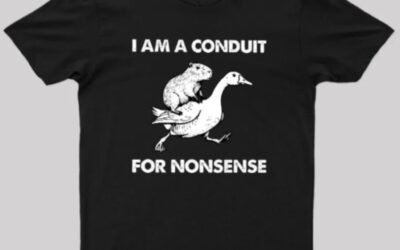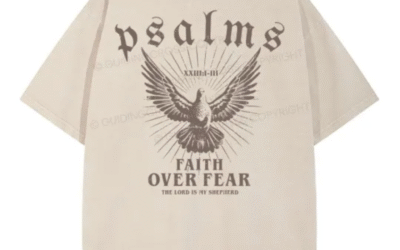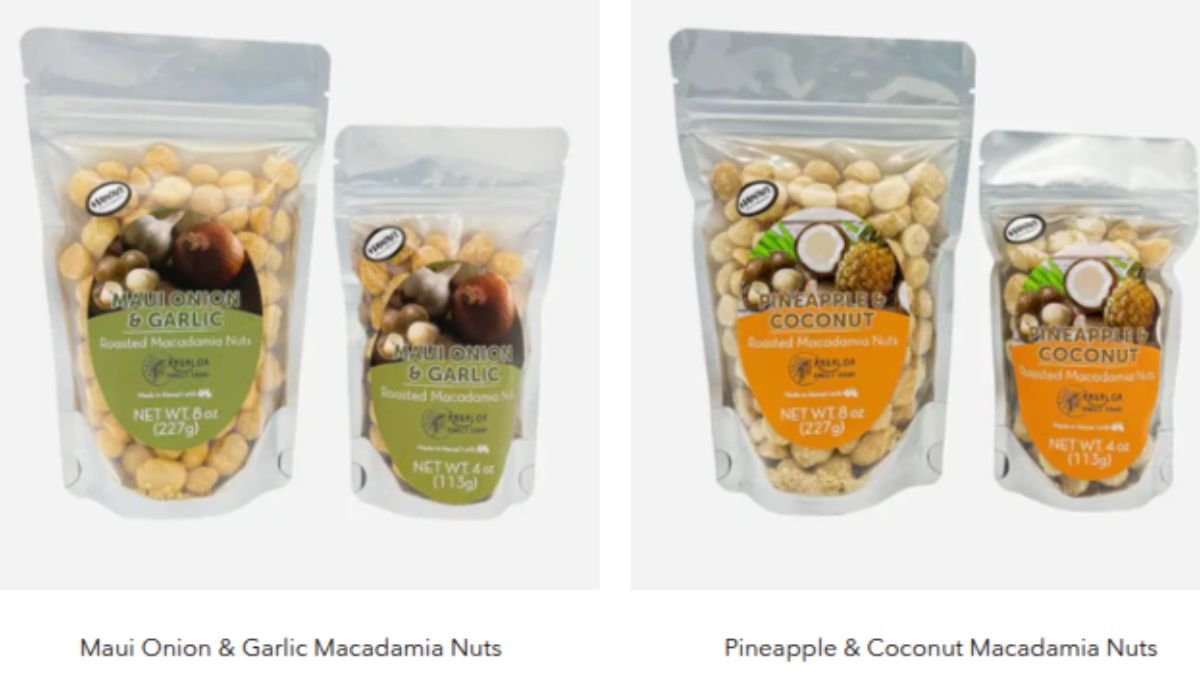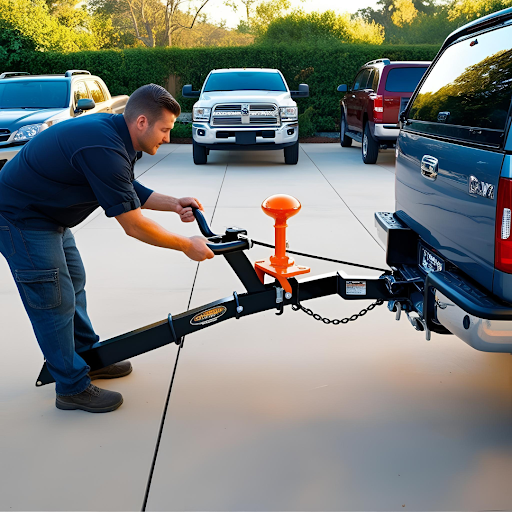The Ultimate Guide to Beekeeping Jackets: A Beekeeper’s Best Friend

Beekeeping is an age-old practice that bridges humanity with the natural world of honeybees. As rewarding as it is, beekeeping poses risks—chiefly, the threat of bee stings. Enter the beekeeping jacket, a specialized piece of protective clothing designed to keep beekeepers safe, comfortable, and efficient while tending to their hives.
This article delves deep into every aspect of the beekeeping jacket, providing a comprehensive guide for both beginners and seasoned beekeepers.
What is a Beekeeping Jacket?
A beekeeping jacket is a protective upper-body garment tailored to safeguard beekeepers from stings. Unlike full-body suits, jackets provide partial coverage, making them a convenient and lightweight option. They feature built-in or attachable veils to protect the head and face, snug wrist and waist closures, and durable fabrics designed to withstand the rigors of beekeeping.
For many beekeepers, the jacket strikes the perfect balance between safety and flexibility, offering a practical solution for hive management tasks that don’t require full-body coverage.
Features of a High-Quality Beekeeping Jacket
A well-designed beekeeping jacket is more than just clothing—it’s a tool. Its thoughtful construction combines protection, comfort, and functionality. Here’s a closer look at its essential features:
1. Durable and Protective Material
- Fabric Types:
- Cotton: Offers excellent breathability and comfort, particularly in warm weather.
- Polyester: Lightweight, durable, and resistant to moisture—perfect for humid environments.
- Poly-Cotton Blends: Combine the best of both worlds, balancing comfort, durability, and weather resistance.
- The material is thick enough to block bee stingers from reaching the skin but still light enough to allow easy movement.
2. Protective Veil
One of the most critical components of a beekeeping jacket is the beekeeping veil, which safeguards the head and face—the most vulnerable areas prone to bee stings. Bees, naturally defensive of their hives, often target the face when they feel threatened. A well-designed veil not only provides robust protection but also ensures clear visibility and comfort, enabling beekeepers to work confidently.
Types of Beekeeping Veils:
- Round Veil
- This structured design features a wide mesh frame that keeps the veil away from the face, providing maximum comfort and safety.
- Its design ensures excellent ventilation, making it an ideal choice for beekeepers working in warm or humid conditions.
- The round veil’s spacious fit offers an unobstructed field of vision, allowing beekeepers to focus on their tasks without distraction.
- Fencing Veil
- A more modern and sleek design, the fencing veil fits snugly around the head and neck, reducing the chances of bees entering.
- Its close-fitting nature is especially appreciated by beekeepers who prefer a compact and streamlined appearance.
- Despite its snug fit, it maintains adequate ventilation and visibility.
- Collapsible Veil
- Designed for portability, the collapsible veil combines practicality with convenience.
- It can be easily folded and stored, making it a popular choice for traveling beekeepers or those with limited storage space.
- Despite its lightweight and foldable design, it offers reliable protection and airflow.
Importance of a High-Quality Beekeeping Veil
A high-quality beekeeping veil is typically made from fine mesh materials that strike the perfect balance between protection, visibility, and airflow. The mesh is designed to block bee stingers while allowing air to circulate freely, preventing overheating during long sessions. Additionally, the mesh’s transparency ensures that beekeepers have a clear view of the hive and their surroundings.
Investing in a durable and well-designed beekeeping veil not only enhances safety but also boosts confidence, allowing beekeepers to focus on the fascinating art of hive management without worrying about stings.
3. Elasticized Cuffs and Waistbands
- Bees are clever at finding small gaps in clothing. Elastic cuffs at the wrists and snug waistbands ensure a secure fit, keeping bees from sneaking inside the jacket.
- Some designs include thumb loops, preventing sleeves from riding up and exposing skin.
4. Heavy-Duty Zippers
- Zippers are a critical part of a beekeeping jacket. They securely close the jacket and veil, preventing bees from accessing the inside.
- Jackets often feature double-zipper systems, allowing for easy veil attachment and removal.
5. Ventilation Panels
- Beekeeping can be a sweaty task, especially in hot climates. Ventilated jackets feature mesh panels along the chest, back, and arms, ensuring maximum airflow while maintaining sting resistance.
6. Light-Colored Fabric
- Bees perceive darker colors as a threat, so jackets are typically white or light beige. These colors not only reduce the likelihood of bee aggression but also help reflect sunlight, keeping the beekeeper cool.
7. Multiple Pockets for Convenience
- Pockets are strategically placed for easy access to essential tools like hive tools, smokers, or brushes. This eliminates the need to carry an additional tool bag during inspections.
Benefits of a Beekeeping Jacket
Investing in a beekeeping jacket brings a multitude of benefits:
- Sting Protection: The primary purpose of the jacket is to create a barrier between the beekeeper and potentially aggressive bees.
- Ease of Use: Jackets are easier to put on and remove compared to full suits, making them ideal for quick hive checks.
- Comfortable Design: Lightweight and breathable materials ensure the beekeeper stays cool and comfortable, even during prolonged use.
- Mobility: Jackets offer greater flexibility and freedom of movement, crucial for delicate tasks like hive inspections and honey extraction.
- Portability: Their compact design makes jackets easy to store and transport, a boon for traveling beekeepers.
How to Choose the Perfect Beekeeping Jacket
Choosing the right jacket is essential for a safe and enjoyable beekeeping experience. Here are some factors to consider:
- Material:
- Opt for breathable fabrics if you work in hot climates.
- For colder environments, thicker cotton jackets offer added insulation.
- Veil Style:
- If you prioritize visibility and ventilation, go for a round veil.
- For a snug, modern design, a fencing veil may be more suitable.
- Size and Fit:
- A proper fit ensures no gaps where bees can enter. Jackets should be roomy enough to wear over clothing but not excessively loose.
- Ventilation:
- If you work in hot or humid conditions, look for jackets with ample ventilation panels.
- Brand and Reviews:
- Trusted brands with positive reviews often guarantee durability and reliable protection.
Caring for Your Beekeeping Jacket
Proper maintenance of your beekeeping jacket is vital to ensure its longevity and effectiveness.
- Regular Cleaning: Wash the jacket after each use to remove bee pheromones, which can attract aggression. Use mild detergents and avoid bleach, which can weaken the fabric.
- Inspect for Damage: Before each use, check for tears, loose zippers, or worn-out elastic cuffs. Repair or replace damaged jackets immediately.
- Storage: Store the jacket in a dry, cool place away from direct sunlight to prevent fabric deterioration.
Conclusion
The beekeeping jacket is not just a piece of protective gear; it’s a beekeeper’s partner in ensuring safety and confidence around hives. Whether you’re extracting honey, inspecting combs, or simply observing bee activity, a reliable jacket makes the experience worry-free.
When choosing your jacket, focus on quality, comfort, and functionality to find one that perfectly matches your needs. With the right beekeeping jacket, you can dive into the world of beekeeping fully prepared, making every moment with your buzzing companions both safe and enjoyable.
Would you like help tailoring this article further or adding more specific details, such as the top brands or pricing?











